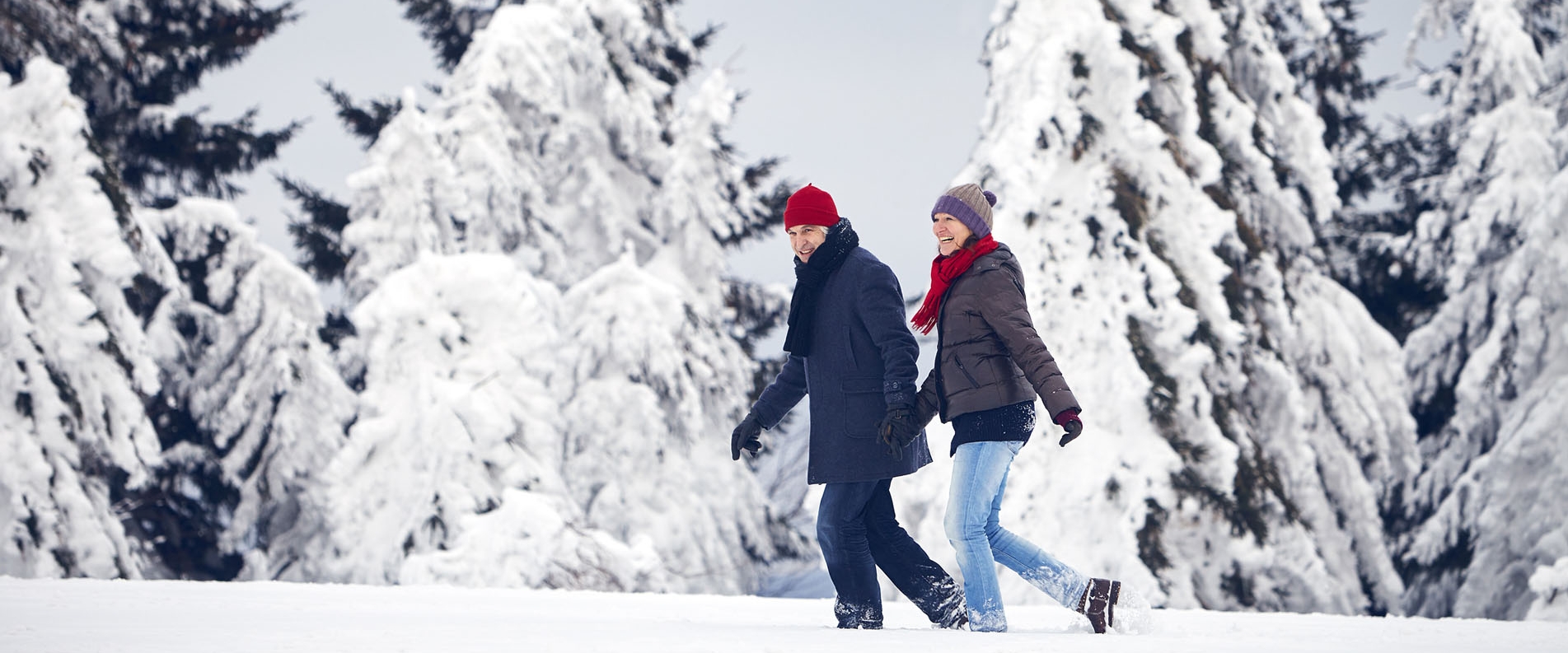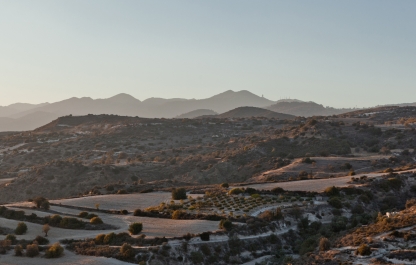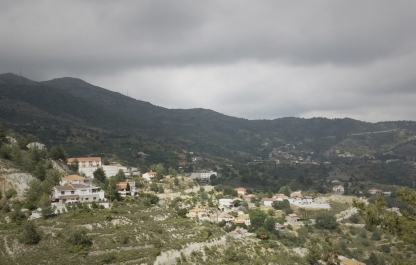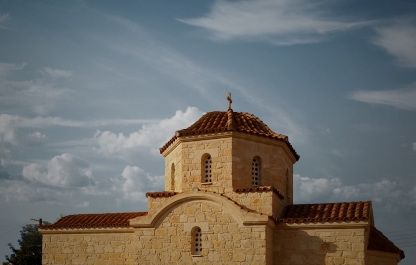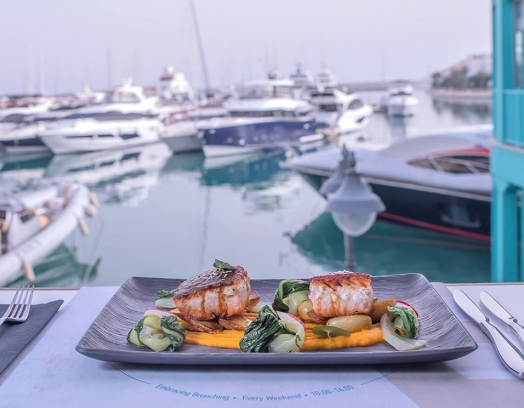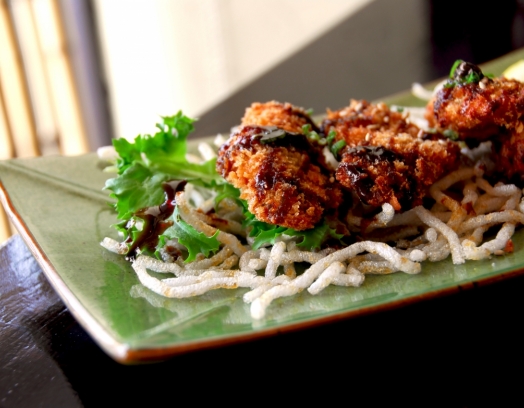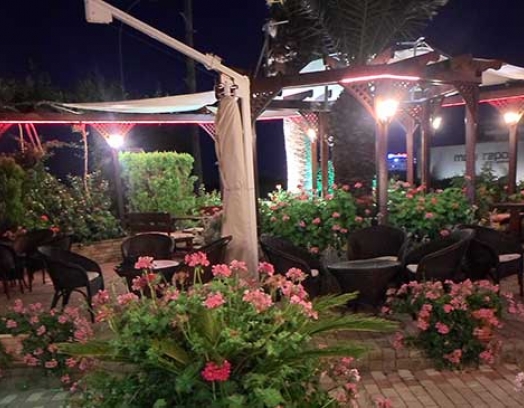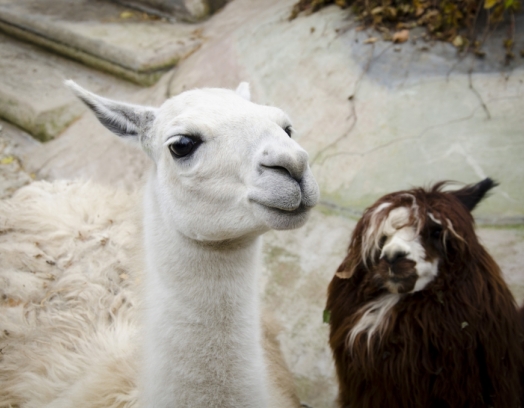How to spend Christmas and New Year break in Cyprus? Learn about winter resorts, ice rinks, mountain villages, wine tasting routes and Christmas traditions that will help you to have an unforgettable vacation.
The festive atmosphere in cities, towns, and villages of Cyprus can be already felt in the middle of November when holiday preparations start to take place in the streets. Christmas week officially starts on the 23rd of December, and the Christmas day is on the 25th of December. Cypriots also celebrate the New Year — on the 1st of January. Costumes, masks, painted faces, fireworks, delicious food and round dances are a part of Cypriot New Year tradition.
An interesting fact: there was a custom in Greece to honor the memory of Basil of Caesarea, a patron of the lonely and the poor, on the 1st of January (the 14th of January Old Style). Today it is Basil whom Cypriot children expect to bring presents, while women cook Vasilopita — a traditional pie made from manna with a coin for good luck inside — to treat him if he comes to the house.
A trip to Troodos
Troodos is a mountain chain in Eastern Cyprus. Winters in Troodos are usually cool and wet with a lot of snowfalls. The top of Mount Olympus, the highest point on the island, is covered with snow at least three months every year, granting wonderful opportunities for winter sports and entertainment fans.
Since January until March the only mountain ski resort in Cyprus is open here. There are elevators, 12 skiing and snowboarding pistes for both professionals and beginners, and a skiing school at the resort.
Several hotels offer accommodation within easy reach of the resort. Hotels are heated and provide guests with ski storage and a wide range of additional services: a laundromat, a rental, menu delivery etc. There are also swimming pools and saunas in some of the hotels. Other accommodation options for visitors of the resort are mountain villas, apartments and guest houses, some of which are designed and furnished as traditional Cypriot houses.
The Troodos National Park occupies 45% of the overall area of the mountain chain. It snows here in winter, and the Park is a perfect place for those who want to get a real Christmas feeling in winter Cyprus. There are long and short walking trails (the shortest is 2 kilometers long and is called «A nightingale’s trail», two longest — «Atlanta’s trail» and «Aphrodite’s trail» are 9 and 8 kilometers long) at the park.
A great number of rare plants (such as Cypriot cedars, plane trees and different kinds of pine trees), animals and birds can be seen in the Troodos National Park in any season.
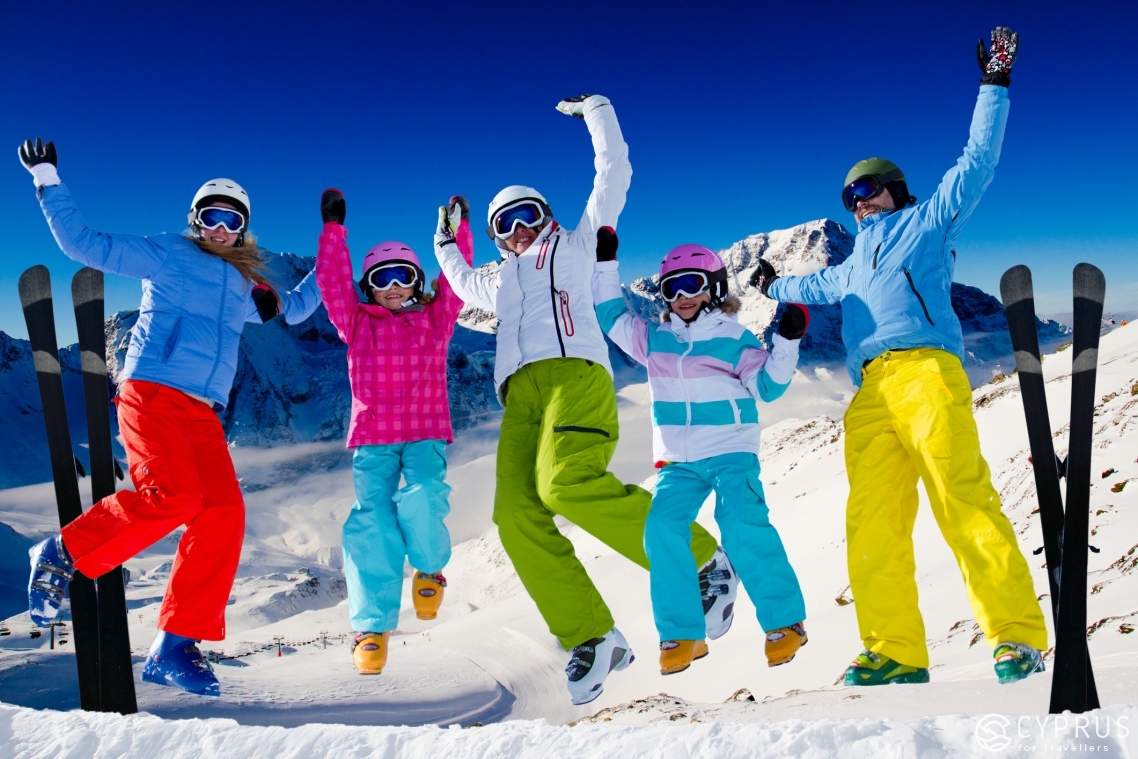
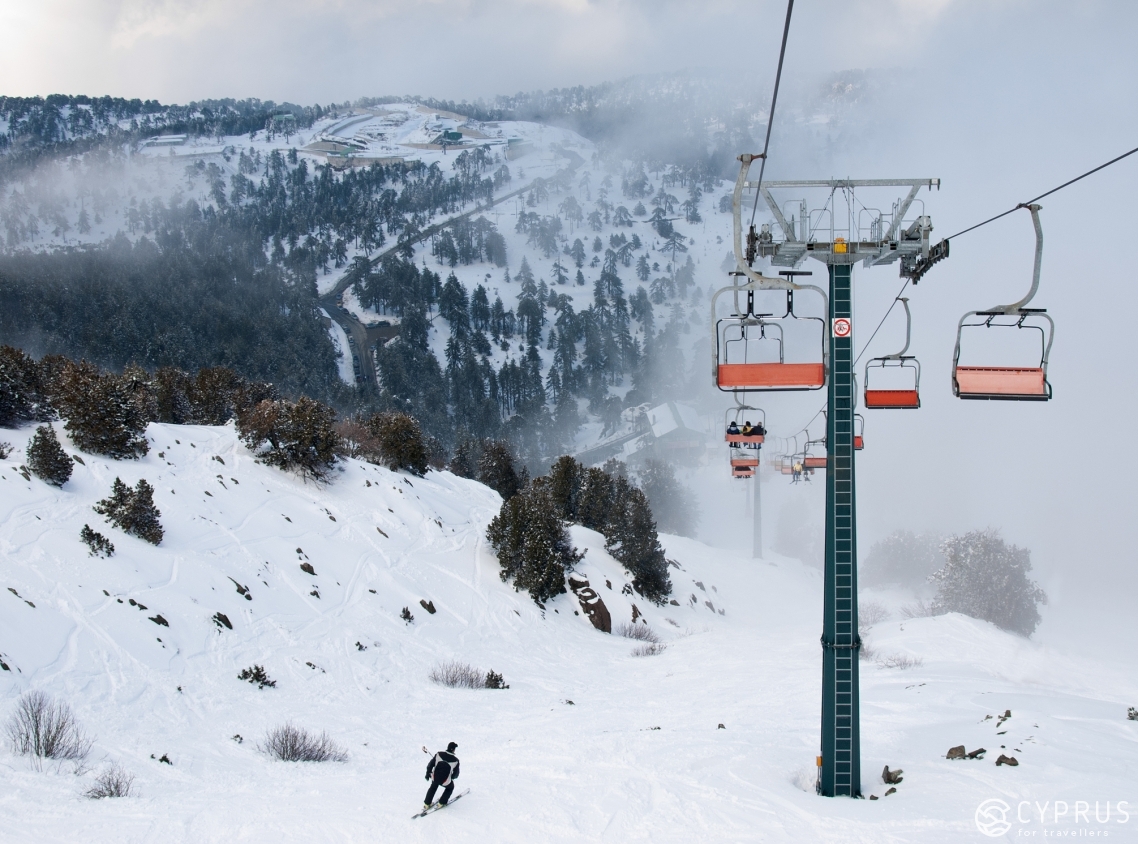
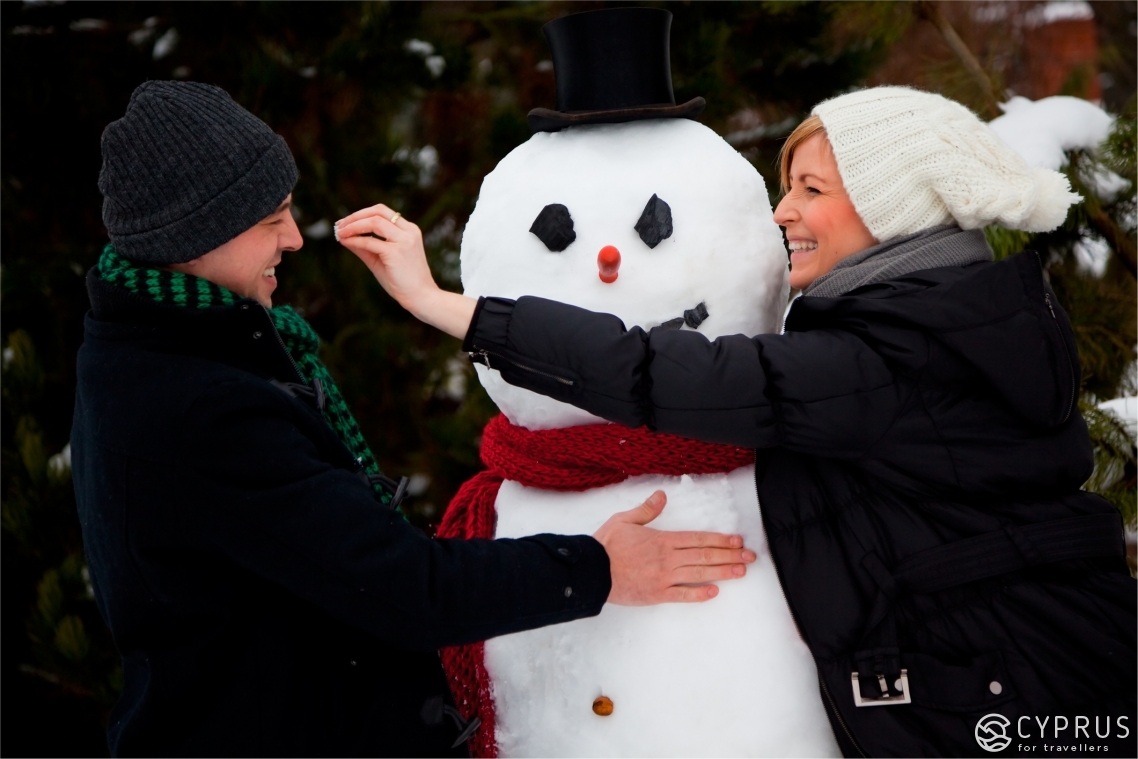
Hiking in Troodos is a perfect way to see its picturesque valleys, abandoned mines, rare endemic plants, geological formations, Venetian fortifications, the Caledonia waterfall, an old chromian mine and other places of interest. The hike to the Caledonia waterfall starts from the Platres village (the trail begins next to the restaurant by the trout farm). It takes about 30 minutes to get to the waterfall, but hiking up the mountain can be tiresome.
Cyprus winter tours
Tours and excursions in Cyprus are especially popular in winter when beaches are empty.
There are bike lanes in Limassol and other resorts. Segway tours are also getting extremely popular for providing tourists with a possibility to visit all the main sights in a few calm hours. Quad safari, yacht cruises (it sounds more like a summer attraction, but it is also possible to rent a boat in winter in most of Cyprus ports) and even donkey safari are other unusual ways to get to know the island better. Those who are looking for an unforgettable experience can even rent the DIAMOND DA40 plane and navigate it under supervision.
The ancient city of Kourion, Medieval castles (the Kolossi castle, the Limassol castle, the Paphos castle, the Othello Castle and others), and world-famous monasteries (the Kykkos Monastery, the Stavrovouni Monastery, the Trooditissa Monastery and the Ayia Napa Monastery) are open to visitors all the year round.
Scenic Cypriot villages are worth visiting regardless of the season. Lefkara village, located in Southern Troodos, is equally beautiful in summer and in winter. Here visitors can walk down narrow paved streets, try traditional dishes in local taverns, explore Medieval churches, buy unique laces and silver and, finally, go fishing.
Omodos village is famous not only because the Timios Stavros Monastery, one of the most well-known monasteries on the island, is located here. There are also several private historical museums, gift shops with embroidery and cellars full of local wine in the village.
If you choose to visit Anogyra village be sure to take a look at parts of ancient olive pressing machines, drink from the Apikreni tap and explore the Medieval Monastery of Timios Stavros built on the ruins of an Early Byzantine settlement.
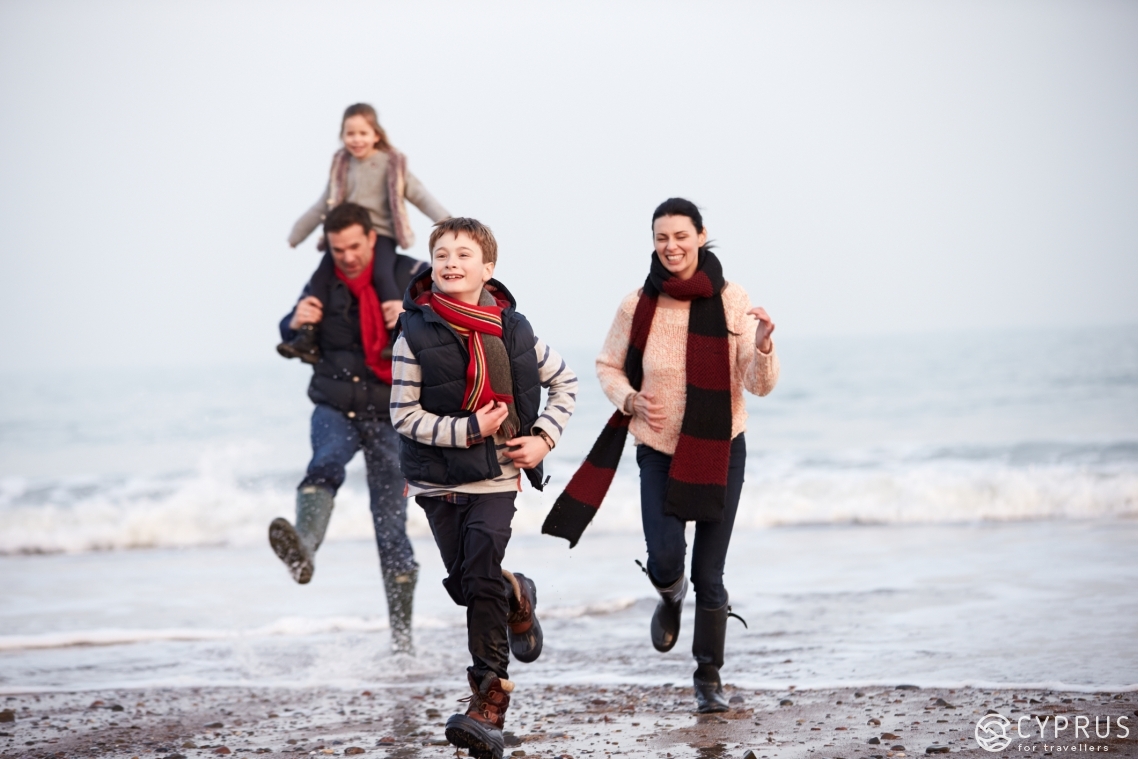
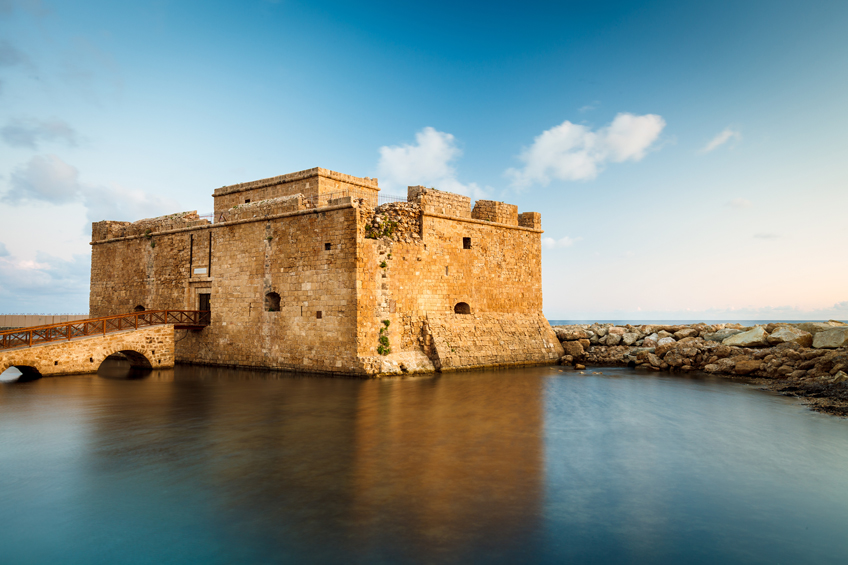
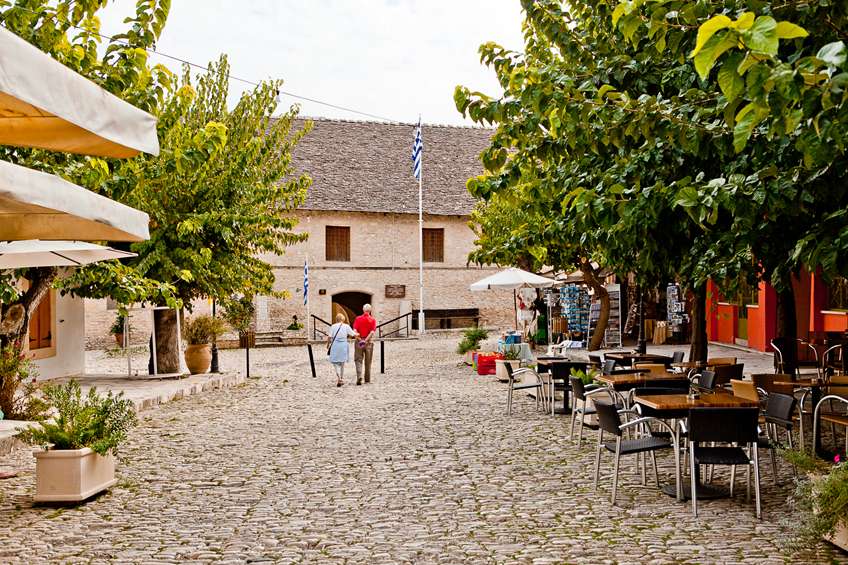
In Phikardhou village one can see traditional Cypriot buildings, giant wine jars and a church with rare iconographic paintings.
The Kofinou village is a Mecca for the fans of Cypriot cuisine, and the village of Spilia is an agritouristic resort and one of the most beautiful places on the island.
Cyprus zoos, animal farms and horse ranches
The Limassol Zoo is open throughout the year. This place, where birds, animals, and reptiles inhabit modern spacious enclosed areas made of natural materials is perfect for families with kids and groups of friends.
Rabbits, snakes, a crocodile, a lama, kangaroos, flamingos, an ostrich, monkeys, a hippo and many other animals live in the zoo. There is also a children’s playground and the Flamingo cafe here. Besides, lectures, excursions and educational programs dedicated to wild nature are held at the Limassol zoo.
Different types of snakes and other reptiles, crocodiles and turtles, more than 200 birds species from all the continents and such mammals as giraffes, elephants, tigers, kangaroos, gorillas and all kinds of rodents live in the Paphos zoo. There is also a children’s playground, a cacti garden, a petting zoo with domestic animals and a cafe here. Kid’s birthday parties, performances with a parrot and an owl are held at the zoo.
The Nicosia zoo was the first on the island to become home to such rare animals as a muntjac, a crowned crane, an African adjutant, a pelican and a flamingo. Visitors can also meet an antelope litchee, a Scottish cow, pheasants, partridges, doves, ducks, skunks, monkeys, raccoons and other animals and birds here. There is a pet shop, a children’s playground with a slide and a swing, and a family cafe on the territory of the zoo. Excursions and educational programs are held here.
The Golden Donkey Farm in Larnaca is a home to several dozens of donkeys. Visitors can not only meet them and learn their names, but also walk in the Botanical garden where old olive trees grow, attend culinary workshops or participate in a musical evening, explore the traditional Cypriot house and buy donkey milk products on the territory of the farm.
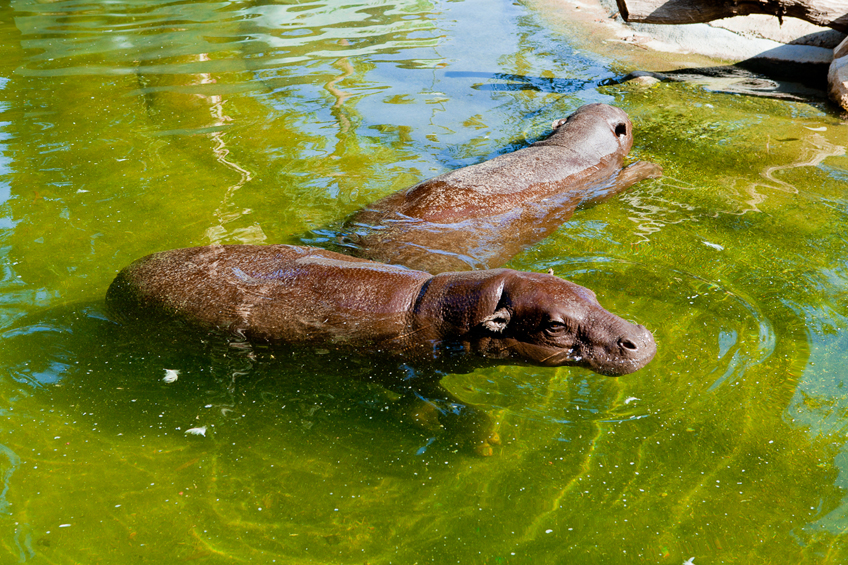
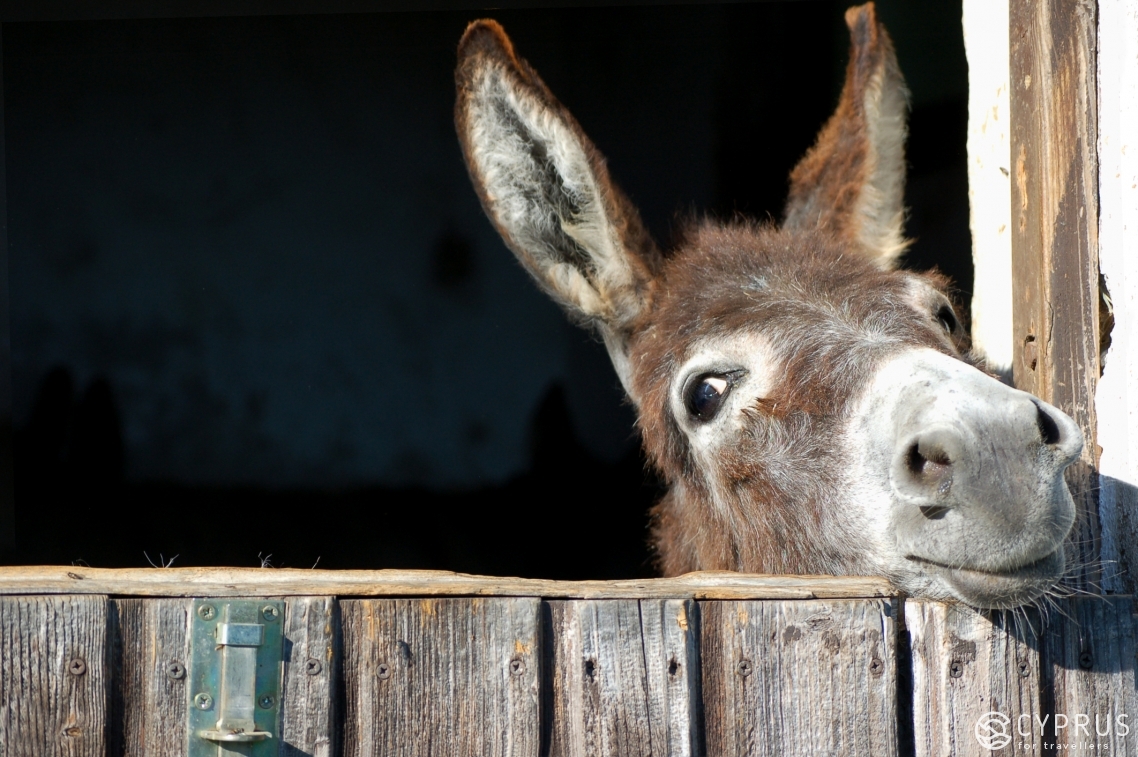
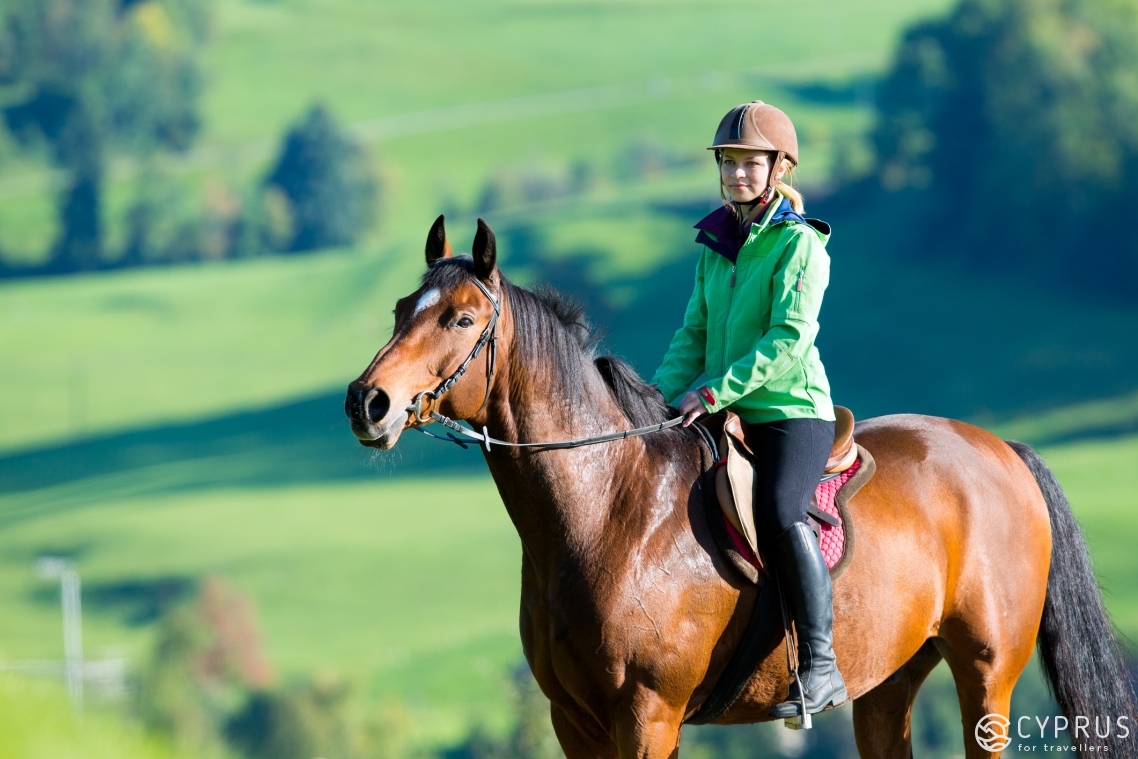
The Horse Riding Paphos club in Paphos offers riding excursions held in English, in Russian, or in Greek for groups and individuals. Visitors can choose the best of several options, depending on their age and level of riding. Riding lessons for children and adults, kid’s birthday parties and wedding ceremonies are also held at the club.
Ice skating in Cyprus
The only indoor ice rink in Cyprus is located at MY MALL shopping mall in Limassol. It occupies an area of 430 square meters and is open daily from 11am to 23pm. Ice skates and hockey equipment rental is available. Instructors, who are professional sportsmen, are always ready to help visitors with tricks and movements. Performances and competitions regularly take place at the rink, and more experienced ice skaters are welcome to participate.
Wine tours in Cyprus
Cyprus is a homeland to many famous types of wine, and winemaking plays an important role in economy and culture of the island.
Four main winemaking regions of Cyprus are Akamas Laona (6 villages along the northwest coastline), Vouni Panayias – Ambelitis (6 western villages), Pitsilia (32 mountain villages) and the Wine Villages of Limassol (20 villages in south Troodos).
Most of the grapes used for production come from mountain districts not far from Limassol and Paphos. Red, white, rose and strong wines are made on the island, and the most popular type of Cypriot wine is called «Commandaria».
The Cyprus Wine Museum in Erimi (Limassol district) covers all the 5 thousand years of winemaking on the island. Here visitors can see an old hootch still, degustate different types of wine from 38 Cypriot wineries, attend a lecture dedicated to the history of wine, degustation tips, and traditions connected with wine, explore the collection of jars and working tools that were used for wine production in the 20th century.
Kitchenware and other objects from the Middle Ages, Roman, and Byzantine periods are also exhibited here. Admission fee is charged. Excursion and degustation are included into the ticket price.
Winter is a perfect season to visit winemaking villages in Cyprus.
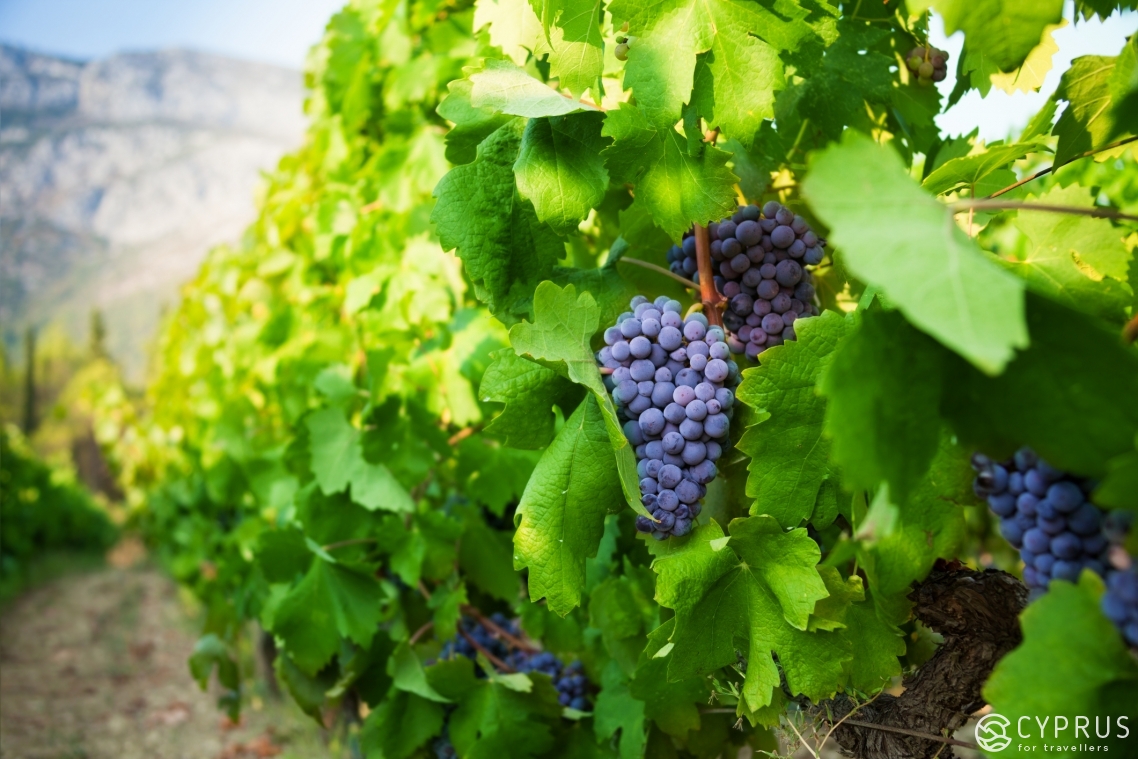
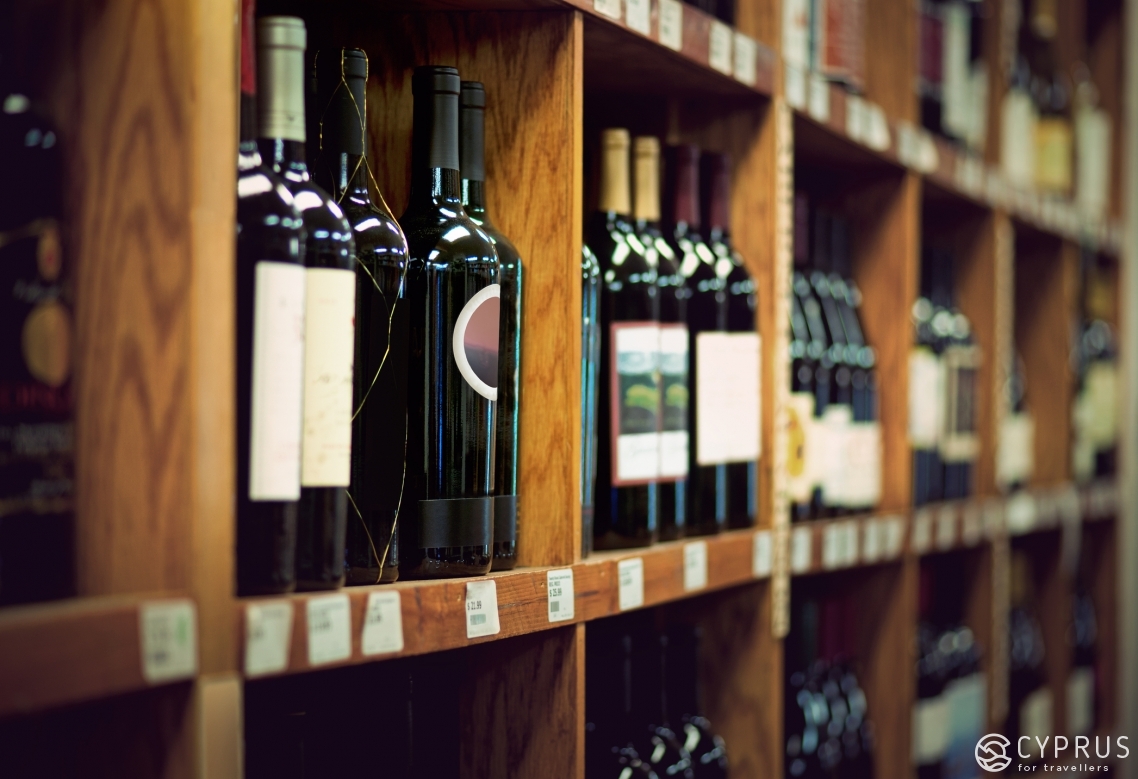
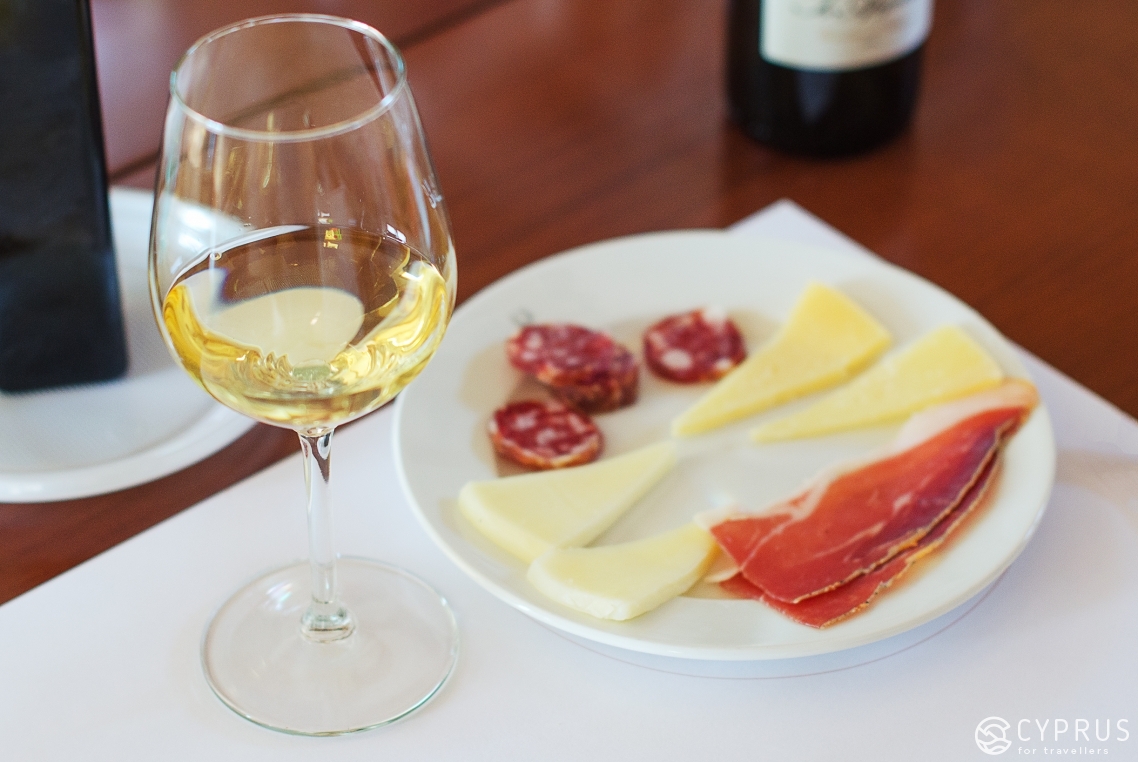
For example, Vuni village in the part of Cyprus occupied by Turkey is an open-air museum, where visitors can see the ruins of an ancient palace, destroyed by the fire in 380 AD. There are also a lot of hotels, taverns, cafes and restaurants, where guests of the village can try local red wine.
Koilani village with views on evergreen mountain tops is located next to Limassol, on the bank of the Krios River. Wine tours here include degustation and a visit to the Museum of Winemaking and Winegrowing. Not only wine but also zivania (a strong Cypriot pomace brandy), traditional sweets, arkatena bread and other confectionery products are made at the village. You can also visit the Virgin Mary church where a big collection of icons and old manuscripts is exhibited.
Omodos village is one of the most popular in Cyprus. During a wine tour here one can visit a Sokrates traditional house and try wine from the owner’s collection, have a look at the old winemaking pressing machine and, of course, go to the Timios Stavros Monastery.
Mandria village is located not far from Paphos, on the seashore, but, at the same time, not far from the mountains. In summer it is a popular beach resort, and during winter months tourists can enjoy traditional cuisine served in local taverns and explore the remains of the Arsinoe ancient city that had been discovered next to the village.
Panagia village in located in Paphos mountains, 800 meters above the sea level. Makarios III, the archbishop and the first President of the Republic of Cyprus, was born here. Unique wild nature of the village is protected by the government.
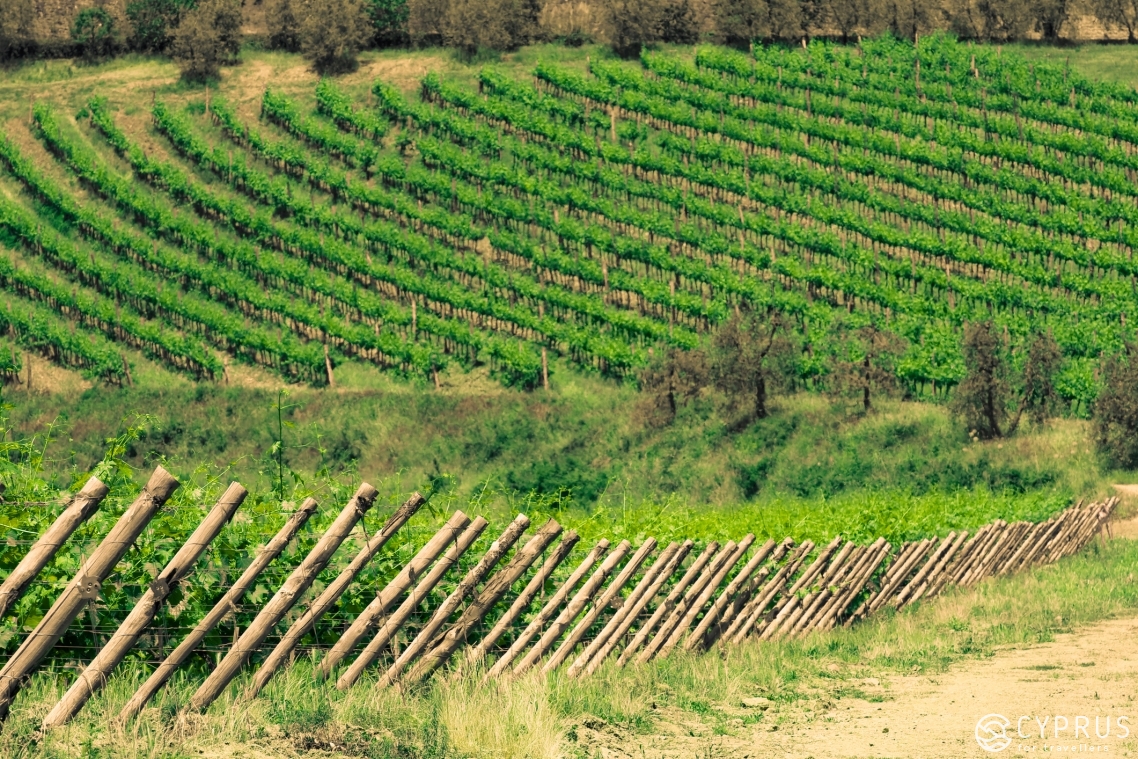
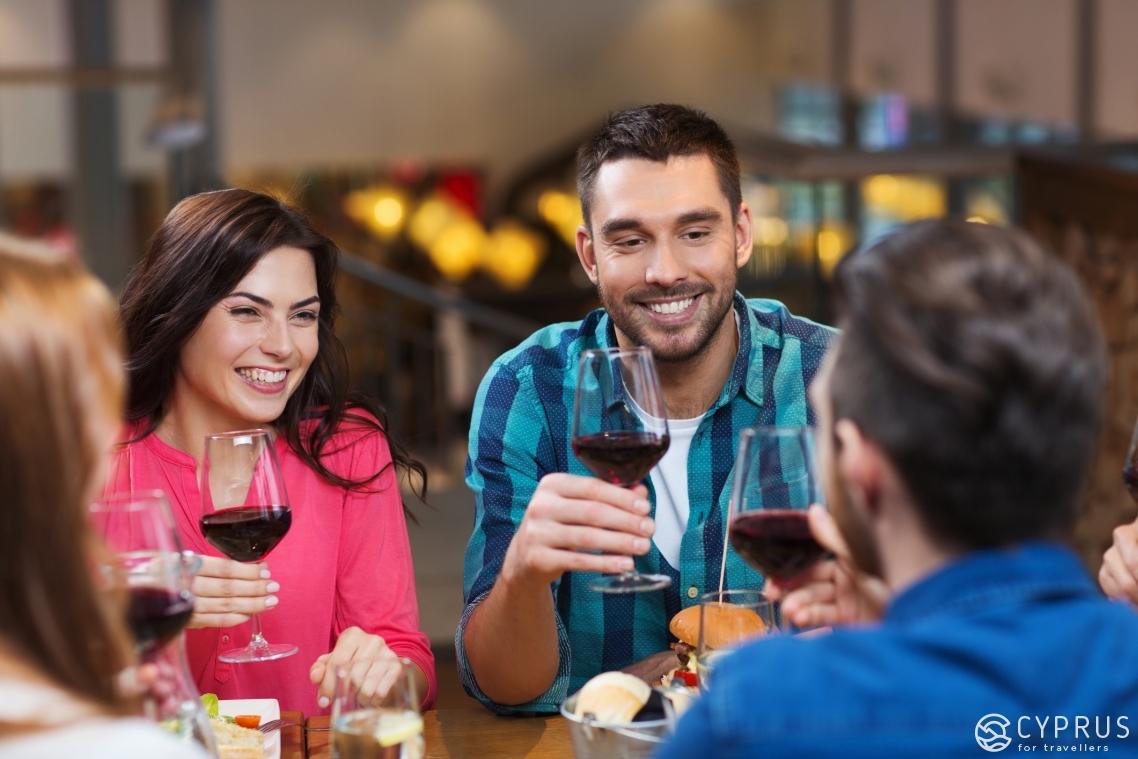
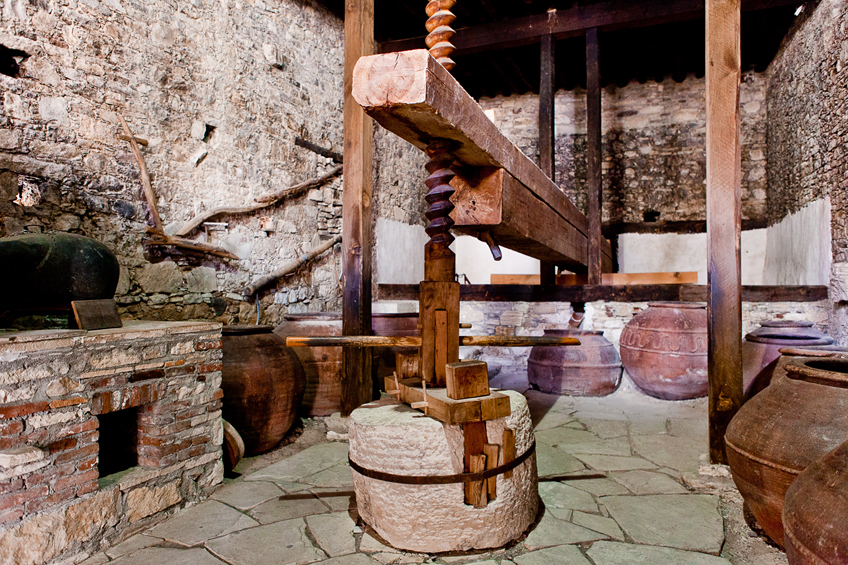
Pitzilia village is yet another place in Cyprus where one can pay a visit to the local winery.
Arsos village has been the centre of winemaking in Cyprus for centuries. Here visitors can try local wine and sweets and learn about daily routines of local farmers in the Museum of Folk Art. The Church of Philip the Apostle built in the 13th century and the Medieval Catholic church are also located within the village. Agrotourists can spend a night in a traditional stone house.

